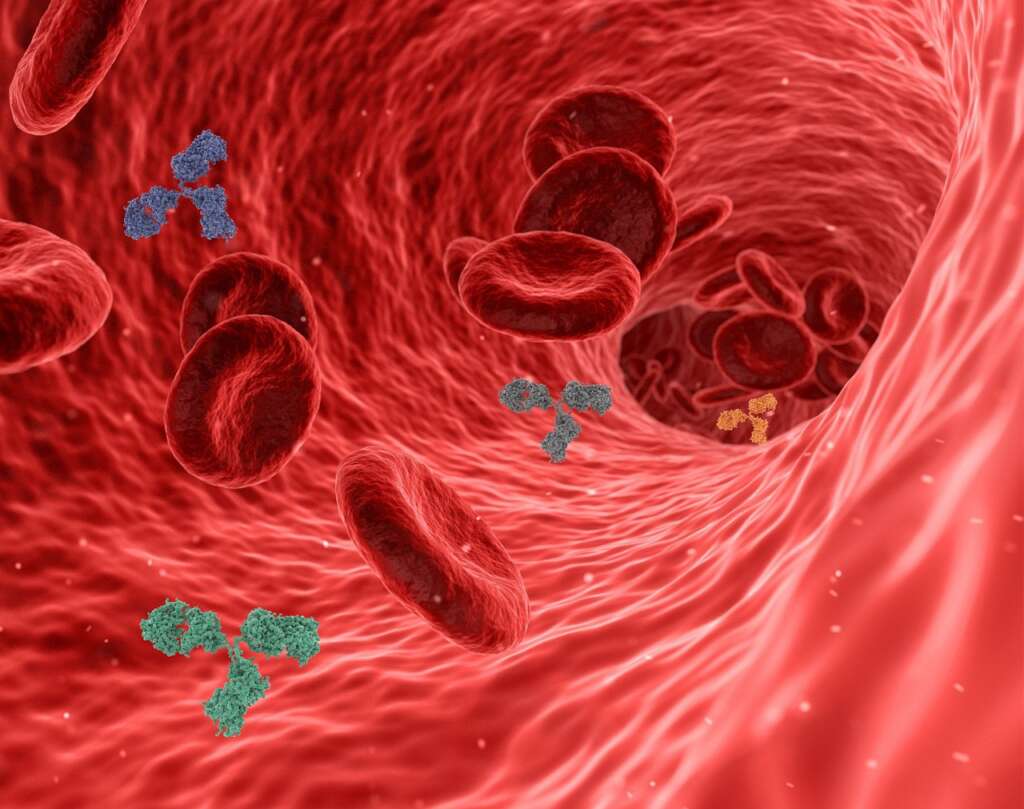SPOILER ALERT!
~ Sepsis is the exaggerated immune response to an infection, leading to disabling inflammation
~ After a bout with sepsis, a small percentage of patients may develop an anxiety disorder, including PTSD
~ This association between sepsis and anxiety disorder is attributed to inflammation in the amygdala, a brain region involved in emotion processing.
What is Sepsis?
Sepsis is a life-threatening condition in which the immune system launches an extreme attack following an infection that results in inflammation throughout the body, which in some cases led to organ failure. Notably, sepsis has acute effects on the central nervous system, inducing behavioral and neuro-endocrine (i.e., hormonal system) responses that result in conditions such as encephalopathy (i.e., acute cerebral dysfunction characterized by agitation, disorientation, impaired attention, hypersomnolence, delirium or coma).
Post-sepsis associated with anxiety and PTSD
Surprisingly, almost half of the patients who survive sepsis and clear the infection develop later on severe psychiatric disorders such as anxiety and post-traumatic stress disorder (PTSD), while typically only 10 to 15% of people will develop PTSD after a severe trauma. Furthermore, animal studies using mice afflicted with sepsis further confirm the presence of anxiety-like behaviors and altered fear memory (i.e., similar to PTSD) after their condition has improved.
Post-mortem studies of the brains of patients who died from sepsis reveal a strong neuronal activation and cell deaths (i.e., called apoptosis) in specific areas, particularly the amygdala. The amygdala is a crucial brain region in fear and anxiety response. For example, activity in one nucleus (i.e., the amygdala consists of two nuclei) yields maladaptive behaviors characterized by overestimation of a threatening potential of an uncertain situation.
Inhibiting the amygdala prevents post-sepsis anxiety
Of particular interest is the report showing that the immediate administration of a drug (called LEV) that inhibits amygdalar neurons (i.e., brain cells) led to the suppression of long-term anxiety and PTSD-like behaviors in mice subjected to sepsis. It was identified that the site of action for LEV is the vagus nerve, which is a crucial part of the calming system of the body, also known as the parasympathetic system (i.e., to give you perspective, if your vagus nerve is not activated, your body stays in that “fight or flight” reaction, which means agitation and nervousness).
Those results further support the contributory role of the amygdala in post-sepsis PTSD and anxiety, suggesting that inflammation in that part of the brain has long-term negative effects on the individual.
Yasmina Rebani Lee
Reference:
Bourhy L, Mazeraud A, Costa LHA, Levy J, Rei D, Hecquet E, Gabanyi I, Bozza FA, Chrétien F, Lledo PM, Sharshar T, Lepousez G. Silencing of amygdala circuits during sepsis prevents the development of anxiety-related behaviours. Brain. 2022 Apr 20:awab475. doi: 10.1093/brain/awab475. Epub ahead of print. PMID: 35441215.

